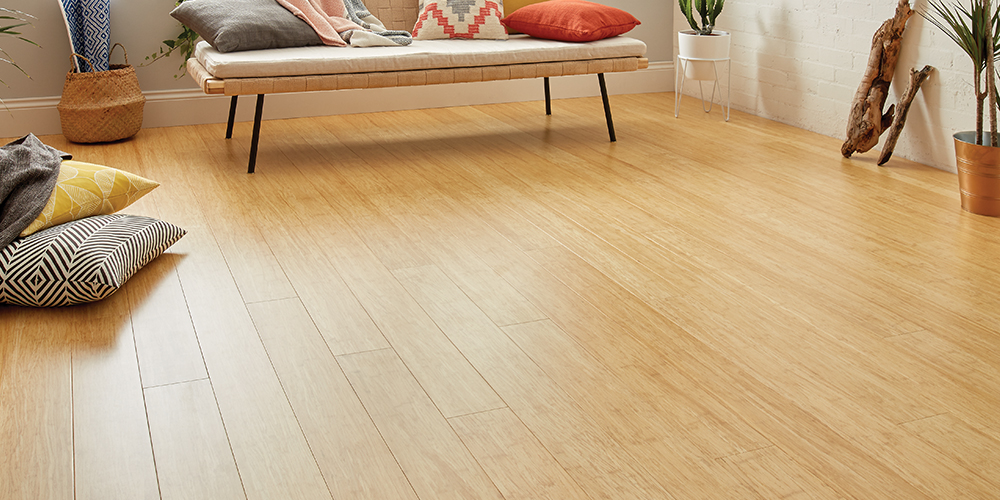Wood Species: What Makes them Unique?

Wood flooring can be created from lots of different tree species which grow all around the world. And each type offers a slightly different look, giving you the chance to choose from a variety of naturally beautiful styles. Get to know what makes each wood species unique in our simple guide.
Oak

The oak tree grows far and wide in the Northern Hemisphere and it’s one of the most commonly used wood species for flooring. Popular for its golden-beige colour, oak is loved for its natural ageing which sees the wood develop into a richer honey-gold over time.
Oak has uneven and interesting grain patterns, distinct growth rings and knots that bring a truly rustic feel to beneath the feet. The style is easy to incorporate with various décor schemes and can last for more than a lifetime in the home as oak wears just 1mm every 100 years.
This species makes beautiful flooring in its native golden shade or can be designed with smoking and stains to present even more unique effects.
Walnut
Walnut is recognised for its mix of chocolate heartwood and paler tawny hues. Wide grain patterns flow throughout and subtle auburn tones capture a luxurious look across boards. The species is native to eastern North America and although it’s slightly less hard than oak, it still makes a really durable floor for the home.
The species is enjoyed for the striking contrasts it creates in bright spaces and the enduring sense of warmth enthused by its rich colour. Get some tips for styling Walnut in your space from our style guide.
Maple
This light, creamy wood features uniform grain patterns and understated detail making it ideal for a subtle base. The species mainly grows in Asia but is also found in Europe, north Africa and north America and has a hardness similar to oak. Maple brings a bright and airy feel to rooms which is naturally suited to minimal interior themes or delicate cottage-style spaces.
Bamboo

Harvested from the topical regions of Asia, Africa and the United States, bamboo is technically a grass but possesses some of the most amazing wood-like qualities. The plant is super strong and grows extremely quickly, with new stems becoming fully matured within just 4-5 years. These stems have an intrinsic hardness that makes them ideal for production into floor.
In its laminated form, bamboo flooring reveals the natural knuckles and growth rings of the canes with clear demarcations between strips shown throughout boards. The strand-woven type has a less refined and more exotic feel, displaying the mass of bamboo cane fibres that go into its make-up. Strand-woven bamboo is also one of the hardest types of natural flooring available today. Learn more about bamboo in our guide.
You can find more handy information about wood flooring on our Resources page.

